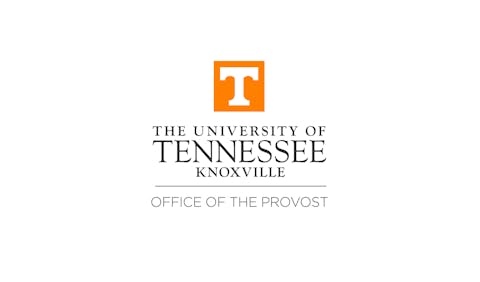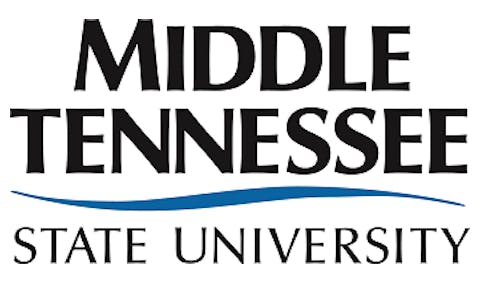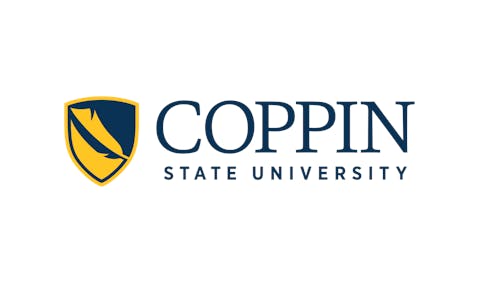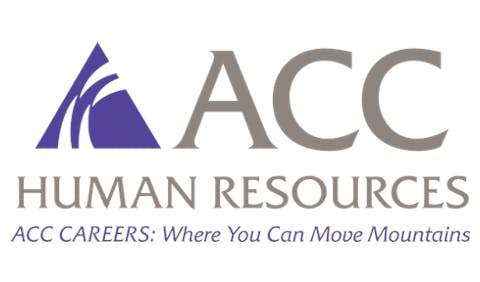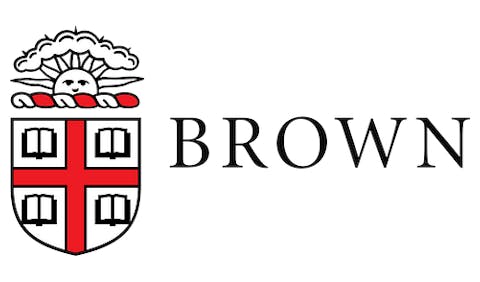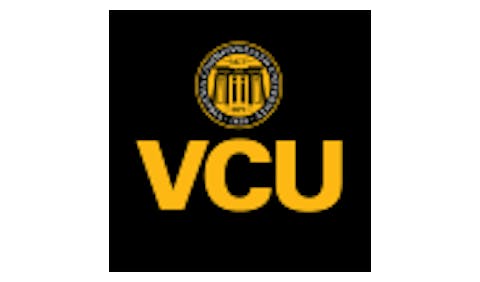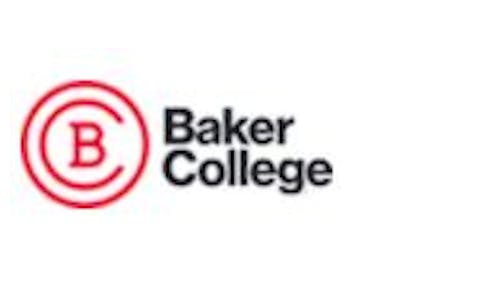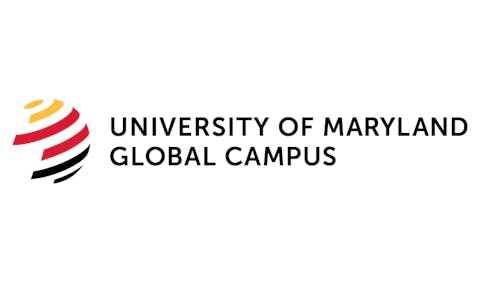Yet the pipeline of Black scholars poised to assume presidential status is growing
While higher education continues to be at odds over the toll the
affirmative action backlash is exacting on African American student
enrollment, the declining ranks of African American college and
university presidents have, barely been noticed.
According to research by Black Issues In Higher Education, there
are currently 105 African American presidents at traditionally White
institutions, four of whom are about to retire. In 1996, there were
113. The majority of Black presidents head two-year institutions, with
only thirty-six leading four-year schools. In addition to the chief
executives of the 102 historically Black institutions (most of whom are
Black), that means approximately 200 institutions out of the roughly
3,800 colleges and universities in the nation — both two-year and
four-year — are headed by African Americans.
“I’m disappointed in the numbers,” says Dr. James C. Renick,
chancellor of the University of Michigan-Dearborn. “You would think
that in 1998 there would be more people of color assuming roles of
leadership in education, because education has been so important to our
community.”
Dr. Gladys Styles Johnston, chancellor of the University of
Nebraska-Kearney, says, “There are fewer today than when I started five
years ago. The presidency is a high-turnover job and people are moving
on.”
Johnston is one of those who attribute the loss of numbers to the
“entire affirmative action debate.” At one time, she says “many
employers would make [race] one of the factors, along with
qualifications…. [Now] there is a certain segment of society where
the trends of the last fifteen years are being reversed.”
Dr. Albert C. Yates, president of Colorado State University,
agrees, adding, “When you combine what’s happening with the complexion
of the student body with Proposition 209 in California and what has
happened in Texas,… you have to believe that there is some
relationship to what we are beginning to see in terms of the strength
of the level of commitment to hiring presidents. It shouldn’t come as
too much of a surprise.”
Proposition 209 is the referendum passed in California in 1996
banning the use of any affirmative action by the state government. In
Texas, the Fifth Circuit Court of Appeals banned the use of affirmative
action in university admissions in a case known as Hopwood.
Hope for the Future
However, Yates said the recent appointments of Dr. Adam W. Herbert
as chancellor of the State University System of Florida and Dr. Irvin
D. Reid as president of Wayne State University were “particularly
gratifying, which leads some of us to think that affirmative action is
not taking the toll that some of us had feared.”
Wayne State now joins the University of Michigan-Dearborn and the
University of Michigan-Flint as major four-year institutions being
headed by African Americans in the state of Michigan, which also has a
large Black population (see Black issues, November 27, 1997). This
summer, those ranks will increase again when Dr. Elson Floyd takes over
the reins at Western Michigan University.
Despite the significant Black populations in states like
Mississippi and Louisiana, these states are not represented on the
national list of African American presidents of traditionally White
institutions (see BI The Numbers, pg. 18). In other states, such as
Georgia and Florida, no African Americans head traditionally White
four-year institutions — although several two-year colleges, including
the large and growing DeKalb College in Atlanta, are headed by African
Americans.
Perhaps most startling is that of the almost 1,600 private,
traditionally White colleges, only two — Smith College in
Massachusetts and Occidental College in California — are currently
headed by African Americans. Those ranks will grow this summer —
although only by one — when Dr. Lee Pelton assumes the presidency of
Willamette University. But even Mg was startled to learn what a small
group he is joining.
“I am surprised to hear that there are only three African American
presidents of independent four-year colleges. That’s amazing,” he said.
“It’s frustrating,” says Dr. Richard T. Ingram, president of the
Association of Governing Boards of Universities and Colleges — the
organization that represents the oversight bodies that, generally
speaking, select and appoint presidents and chancellors. “I don’t have
my thumb on why we don’t have more progress.”
According to Ingram, several factors may enter into the issue — particularly at the more elite institutions.
“Racism is alive and well,” he says. “Elitism is alive and well.
Another factor is that the people who amass the greatest wealth tend to
be White. And the alumni of elite institutions are predominantly White
and there may be concern about upsetting them.”
Dr. David Warren, president of the National Association of Independent Colleges and Universities, says that is changing.
“Our independent colleges are growing more diverse ethnically and
racially.” says Warren. “For a very long time they were institutions
overwhelmingly composed of Caucasians. At this point, there are 20
percent non-Caucasians in independent colleges. Those numbers will
continue to shift…and we will see more African Americans as
presidents as well as [on] administrative staff[s] and on faculties.”
He also believes that the pool of African American candidates has grown.
“The same reasons why there are fewer African American presidents
of independent colleges will be the reasons we will see more in the
years ahead,” says Warren, who notes that most new presidents are
appointed from the ranks of academic vice presidents, other vice
presidents, and deans. (see chart, pg. 24) “Those have been positions
that have not been well-stocked by African Americans in the previous
ten to fifteen years, but there is an increasing stock of them that
colleges can call upon.”
Most Recent Prior Positions Of All College Presidents: 1995
President - 19.9%
Assistant to President - 1.6%
Executive Vice President - 9.8%
Vice President, Academic Affairs - 26.5%
Other Vice Presidents - 10.7%
Dean or their Associates - 11.9%
Other - 19.6%
Source: The American Council on Education
The incoming president of Willamette could be considered an example
of what Warren is talking about. Pelton has served as dean of the
college at Dartmouth for the past seven years — and dean of the
college at Colgate University for the three years before that,
Willamette, looking to increase its visibility as an elite liberal arts
institution, turned to a Dartmouth dean with a Harvard Ph.D.
“My principal role will be to increase the university’s visibility
and to give it a place among the nation’s elite small liberal arts
institutions and to allow the university to participate more fully in
the higher education debate,” Pelton says.
Realities of the Present
Ingram says that governing boards increasingly look at presidential
candidates through the lens of whether they have “access to resources.
We have got to face the fact that our institutions are going to have to
rely on private support more and more.”
Dr. Donald Phelps, at the University of Texas Community College
Leadership Program, says that an additional factor is at work among
community college governing boards.
“The political reality of community colleges is much more
apparent,” Phelps says. “Many of the boards of trustees are elected
boards and they are hypersensitive to their public. Often they make
judgments about what the community wants without really knowing. There
is always the fear that an African American or minority president will
not be accepted. It is as much their lack of knowledge as their
political astuteness.”
Phelps, who recently returned from the American Association of
Community Colleges national conference in Miami Beach, Florida,
observed, “One of the interesting things … is that at the opening
general session, there were all White males and one Hispanic on the
podium — no women and no minorities, except [the outgoing chairman of
the board of trustees, Dr. Augustine] Gallego.”
Still, many of the new appointments of African American presidents
— that is, within the past two years or so — have beep made at
two-year colleges. One of the most significant, Phelps said, is Dr.
Ernest Thomas, who was recently appointed as the first African American
president of Tarrant County junior College in Texas.
Thomas is a graduate of the University of Texas Community College
Leadership Program, which — along with other efforts such as the ACE
Fellows program (see story, pg. 28) — has become a formal leadership
network developed to help people train for the job of chief executive.
According to Phelps, these kind of networks — both formal and informal
— are the key to access.
“People are not hired for these jobs by applying for jobs
advertised in [newspapers]. It’s a very informal thing, but it is very
structured,” says Phelps, who advises that those who aim at the
presidency nee to “press the flesh and make certain people know you are
available. Get on national committees, write papers.”
That sentiment is echoed by Renick. He often advises those who have
presidential aspirations not only to develop their scholarship and
management skills, but to join national organizations — either in
their or in higher education, such as the American Association of
Higher Education [AAHE].
“I served on the board of AAHE and chaired the Black caucus for a
long time,” Renick says. “There’s no substitute. One needs to have that
national perspective. Some people can get it after they assume a
presidency. My feeling is, it’s better before.”
Dr. Vera King Farris, president of Richard Stockton College in New
Jersey, agrees that it is essential for a president or Ian aspiring
president to “move onto national boards, make presentations at national
conferences.” That will ensure that you “don’t remain isolated at your
college.”
Farris, who was appointed as president fifteen years ago, said it
is important to have “some kind of pathway that is recognizable.” For
her, as for Most presidents, that lies in serving on a faculty and
moving up through the ranks as department head and vice president for
academic affairs before being appointed as president.
“The key is to have recognizable credentials so that people move
you into a search committee pool,” she says. Dr. George Pruitt,
president of Thomas Edison College in New Jersey, agrees, saying that
the old adage, “It’s not what you know but who you know,” is inaccurate
— except in government and politics.
” But there is a twist on that,” he says. “It’s who knows what you know.”
Almost all the presidents interviewed for this story agree that one
of the key elements to becoming a president is the support of someone
in a position to provide responsibility and opportunity.
“Those of us who are leaders have a responsibility to provide those
opportunities,” says Renick, who adds that he himself has benefited
from having that kind of support. “Everybody gets help, and everybody
who is successful has gotten some serious help.”
The May 28 edition of Black Issues will focus on Black community
college presidents, and Native American and Latino college presidents.
RELATED ARTICLE: CAREER HIGHLIGHTS
GLADYS STYLES JOHNSTON Chancellor, University of Nebraska-Kearney, since 1993
Degrees: B.S. — Cheyney University of Pennsylvania, social science,
1963 * M.Ed. — Temple University, educational administration, 1969 *
Ph.D. — Cornell University, educational administration and
organizational theory, 1974
Previous appointments: Professor, Department of Educational
Administration, Rutgers University * Chair, Department of Educational
Administration, Rutgers University * Chair, Department of Management in
the School of Business, Rutgers University * Dean and Professor,
College of Education, Arizona State University * Provost and Executive
Vice President, DePaul University
National boards: Federal Reserve Bank of Kansas City (Omaha) *
Commission on Recognition of Postsecondary Accreditation * Kellogg
Foundation National Fellowship Program
DR. JAMES CARMICHAEL RENICK Chancellor, University of Michigan-Dearborn, since 1993
Degrees: B.A. — Central State University, 1970 * M.S.W. — Kansas
University, 1972 * Ph.D. — Florida State University, political
science, 1980
Previous appointments: Professor, Department of Public
Administration, University of South Florida * Assistant to the
President, University of South Florida * Assistant Dean for
Administration, University of South Florida * Associate Provost, George
Mason University * Vice Provost for Academic Initiatives and External
Affairs, George Mason University
National boards: American Council on Education * American Association of Higher Education
DR. VERA KING FARRIS President, The Richard Stockton College of New Jersey, since 1983
Degrees: B.A. — Tuskegee University, biology, 1959 * M.A., M.S. — University of Massachusetts, zoology and parasitology, 1965
Previous appointments: Professor, State University of New York Stony
Brook * Dean, State University of New York-Stony Brook * Vice Provost
of Academic Affairs, State University of New York-Brockport * Academic
Vice President, Kean College of New Jersey
National boards: American Council of Education * American
Association of State Colleges and Universities * Council for Higher
Education Accreditation * New Millennium Project, Institute for Higher
Education Policy * Past president, Middle States Association of
Colleges and Schools
DR. GEORGE ALBERT PRUITT President, Thomas Edison State College, since 1982
Degrees: B.S. — Illinois State University, biology, 1968 * M.S. —
Illinois State University, guidance and counseling, 1970 * Ph.D. —
Union Institute, higher education administration, 1974
Previous appointments: Assistant to vice president for academic
affairs, Illinois State University * Dean of students, Towson State
University Vice president, executive assistant to president, Morgan
State University * Vice president, Tennessee State University *
Executive vice president, Council for the Advancement of Experiential
Learning
National boards: American Association of State Colleges and Universities * American Council on Education
DR. LEE PELTON Incoming president, Willamette University, beginning in July
Degrees: B.A. — Wichita State University, English and psychology,
1974 * Ph.D. — Harvard University, English and American literature,
1984
Previous appointments: Lecturer, Harvard University * Dean of
students, Colgate University * Dean of the college, Colgate University
* Dean of the college, Dartmouth College
DR. ALBERT C. YATES President and Chancellor, Colorado State University, since 1990
Degrees: B.S. — Memphis State University mathematics and chemistry,
1965 * Ph.D. — India University-Bloomington, theoretical chemical
physics, 1968
Previous appointments: Assistant professor, Indiana University *
Associate dean and professor of chemistry, University of Cincinnati *
Vice president and dean for graduate studies and research, University
of Cincinnati * Academic vice president and provost, Washington State
University
National boards: Commission of Leadership Development, American
Council on Education * Council of Presidents, Association of Governing
Boards of Universities and Colleges
RELATED ARTICLE: Presidential Meeting at Howard in June
H. Patrick Swygert, president of Howard University and the former
president of the State University of New York Albany, has invited
African American presidents of traditionally White colleges and
universities to an informal meeting in June. Although an agenda was not
available at press time, it will provide, in the words of one
president, “an opportunity to compare notes and commiserate.”
COPYRIGHT 1998 Cox, Matthews & Associates
© Copyright 2005 by DiverseEducation.com










